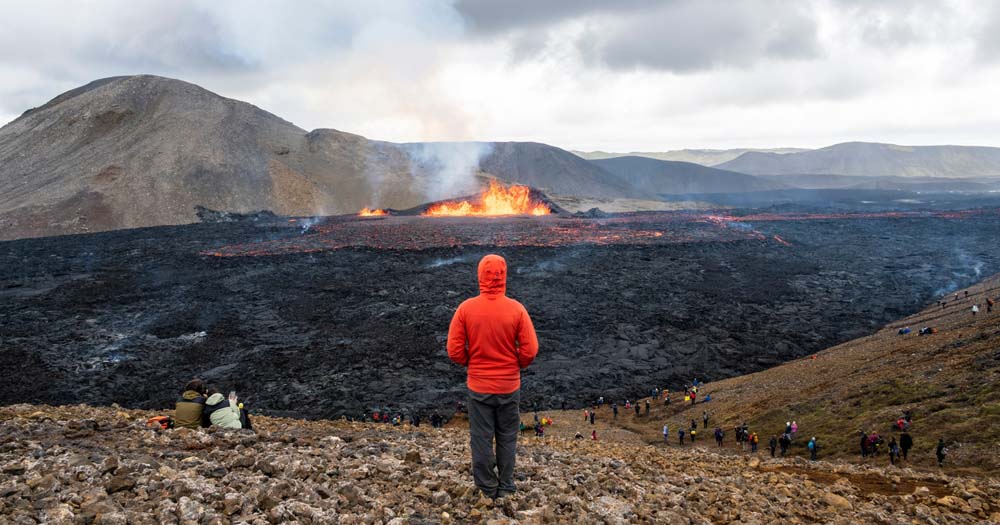After registering more than 2,000 earthquakes in 48 hours on Iceland’s southwest coast, the Nordic nation braces for a potential volcanic eruption with officials declaring a state of emergency near the Mount Fagradalsfjall volcano on the Reykjanes Peninsula.
Iceland’s Reykjanes Peninsula has registered more than 20,000 earthquakes since late October 2022 and the chances of a volcanic eruption have significantly increased recently.
According to ABC News, the Iceland earthquakes have been ongoing in the region for several weeks but officials have now identified an underground magma formation moving closer to the surface.
The increased seismic activity has seen the total evacuation of residents in the fishing town of Grindavík, situated around 48km from the capital, Reykjavík, and prompted the closure of its iconic attraction, The Blue Lagoon, until at least 30 November 2023.

Roads in Grindavík have displayed steaming fissures and gaping cracks due to the Icelandic earthquakes and seismic activity.
On Monday, the National Police Commissioner of Iceland raised the danger level from ‘alert’ to ’emergency’, its highest threat level, due to the Icelandic earthquakes.
The Australian Government has also issued an update via the Smartraveller website for travellers in Iceland.
It advises avoiding areas near volcano eruption sites and areas close to mountains with steep slopes on the Reykjanes Peninsula due to the danger of falling rocks.
Iceland’s 2010 Eyjafjallajökull and 2014 Bardarbunga eruptions caused travel chaos for weeks due to volcanic ash in the atmosphere.
While potential air travel impacts this time are not expected to be as severe, travellers to the UK and Europe are advised to monitor developments in Iceland over the next few weeks for potential flight cancellations and delays due to volcanic ash.





